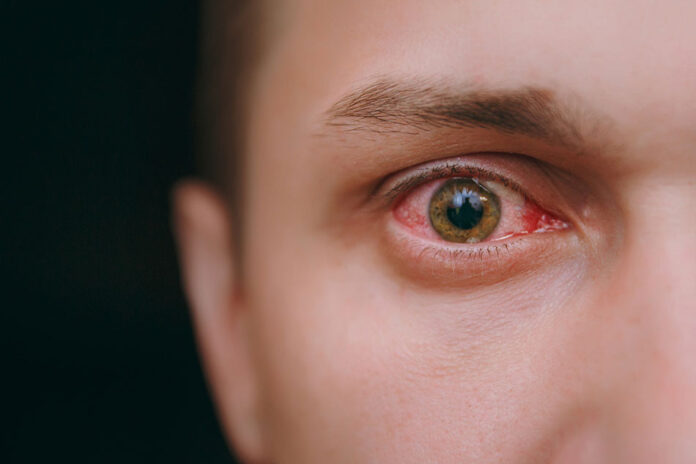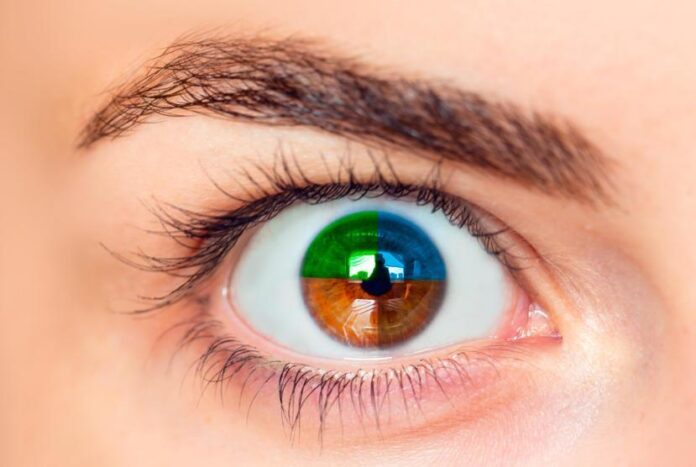
Coloured contacts, just like their clear counterparts, are not merely cosmetic accessories but medical devices that require a high level of care and maintenance. When you consider that you place these tiny pieces of silicone hydrogel or other materials directly onto your eyes, it’s easy to understand why proper storage is crucial. It safeguards your lenses against contamination and bacterial growth, ensuring they remain safe to use and maintain their optimum performance.
Importance of Proper Storage

The risks associated with improper storage of contact lenses cannot be overstated. An unhygienic lens can lead to a host of eye health problems, including redness, irritation, infections, and in severe cases, corneal ulcers. While the vibrant hues and aesthetic enhancement offered by coloured contacts can transform your look significantly, they can also pose significant health risks if not stored correctly. Always remember, when it comes to eye care, prevention is far better than cure.
Lastly, consistent proper storage practices are not just about maintaining eye health and lens durability. They also contribute to your overall comfort and visual experience when wearing coloured contacts. Contacts stored properly maintain their shape and moisture levels better, thereby reducing discomfort, dryness, and potential vision issues. Simply put, a well-stored lens equates to a better, more comfortable lens-wearing experience.
Choosing the Right Case
Selecting a suitable case for your coloured contacts is a decision that shouldn’t be made lightly. A case protects your lenses from dust, dirt, and damage, offering a clean, secure environment for your lenses. While most come with a default case, it may not always be the most suitable for your needs. It’s essential to look for a hard-shell, leak-proof case that can adequately protect your contacts. Opt for cases with different colours or labels for the left and right lenses to avoid mix-ups.
A lens case is not a purchase for life. Regular replacement of your contact lens case, ideally every three months, is crucial to prevent bacterial build-up. The wear and tear from regular usage and cleaning can cause tiny scratches on the case’s inner surface, becoming breeding grounds for microorganisms over time. Even if the case appears clean, these invisible bacteria can still multiply and contaminate your lenses, leading to potential eye infections.
Remember, the size of the case matters too. A larger case may seem like a great idea for storage, but the disinfecting solution may not be as effective if the case is only half full. Opt for a compact, standard-sized case that ensures your lenses are entirely immersed in the solution, promoting optimal disinfection.
Cleaning and Disinfecting Solutions

Cleaning and disinfecting solutions play a significant role in the aftercare of coloured contacts. When it comes to selecting the right product, it’s best to consult with your eye care practitioner who can recommend the most suitable solution based on your eye health, lens type, and lifestyle. Be wary of generic or low-cost solutions as they might not provide the same level of cleanliness and protection against bacteria as those prescribed by professionals.
Ensure to clean and disinfect your contacts daily. Cleaning involves gently rubbing the lenses with a few drops of solution, which removes surface build-up of impurities and microbes. On the other hand, disinfection requires soaking them in the solution for a specific period, typically overnight. This process kills any remaining bacteria and makes the lenses safe to use again.
Never use water (tap or bottled) or saliva to clean your lenses or lens case. These can harbor microorganisms, leading to severe eye infections. Also, do not reuse or top up old solutions. Always use a fresh solution each time you store them for efficient disinfection.
Step-by-Step Guide to Proper Storage
The first step to storing your coloured contacts involves cleaning your hands thoroughly. Ensure to use a mild soap that doesn’t contain heavy fragrances or oils, which can adhere to the lenses. Dry your hands with a lint-free towel to avoid transferring any particles.
Place it in the palm of your hand, apply a few drops of the cleaning solution, and gently rub it with your finger. Flip the lens and repeat the process. Rinse carefully with the solution to remove any loosened debris. Once cleaned, place it into the clean case filled with fresh disinfecting solution. Repeat the process with the other lens.
Close the lens case tightly to avoid any leakage or contamination from the environment. Store the case in a cool, dry place away from direct sunlight, as excessive heat and light can degrade the disinfecting solution and the lenses themselves.
Tips for Long-Term Storage

There might be instances when you need to store your coloured contacts for an extended period. In such cases, it’s vital to ensure that your lenses remain hydrated and safe for future use. To begin with, clean and disinfect the lenses thoroughly before storage.
During storage, ensure that the lenses are fully immersed in fresh disinfecting solution. The solution should be changed at least once every week, even if they are not being used. Also, remember to clean and air-dry the case every time the solution is replaced to prevent bacterial build-up.
Before reusing the lenses, clean and disinfect them once again. If they feel dry, discoloured, or damaged in any way, do not use them. It’s safer to discard them and use a new pair to avoid potential eye problems.
Handling and Care

When it comes to handling coloured contacts, a golden rule is to always make sure your hands are clean and dry. Dirty hands can transfer bacteria, oil, and dirt, increasing the risk of eye infections.
Avoid wearing contacts when swimming, showering, or engaging in any water-related activities, as water can harbor harmful microorganisms. If you need to wear contacts in these situations, consider using daily disposable lenses or wear waterproof goggles to protect your eyes.
Finally, avoid sleeping with your coloured contacts in, unless they are specifically designed for overnight wear. Prolonged wear can deprive your eyes of oxygen, leading to dryness, discomfort, and potential eye health issues.
Summary
In conclusion, storing your coloured contacts properly is integral for your eye health, comfort, and the longevity of your lenses. A little diligence can go a long way in ensuring that your contact lens experience remains safe and enjoyable. Be diligent, remember that it is about your health and you will never again have to suffer with poor storage and its aftereffects. Care should always come first and it goes a long way.








